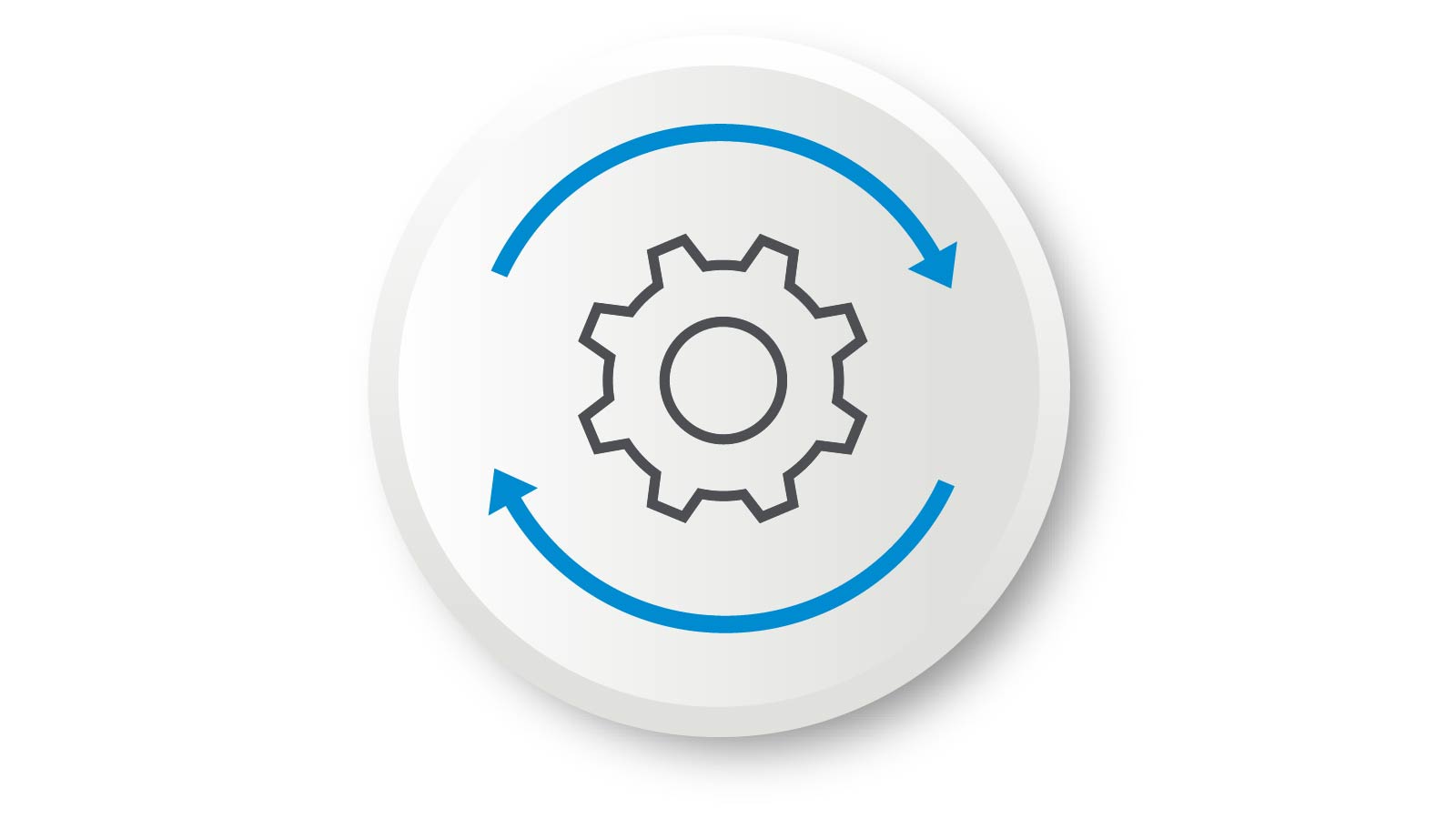Reverse Engineering Maintenance

Executive Summary

Reverse engineering maintenance involves dismantling, analyzing, and recreating a system or component to understand its design, function, and underlying principles. It is a crucial process for maintaining and updating complex systems, ensuring their efficiency, reliability, and safety.

Introduction
Maintaining critical systems requires a comprehensive understanding of their intricate workings. Reverse engineering maintenance empowers technicians with the ability to deconstruct systems, scrutinize their components, and unravel their design rationale. This knowledge enables them to identify areas for improvement, optimize performance, and proactively resolve potential issues.
FAQs
Q: What are the key objectives of reverse engineering maintenance?
A: Identifying design flaws, optimizing performance, prolonging equipment life, and improving maintenance strategies.
Q: What type of equipment is suitable for reverse engineering maintenance?
A: Complex systems, machines, electronic devices, and software that exhibit operational challenges or require enhancements.
Q: Who typically performs reverse engineering maintenance?
A: Skilled engineers, technicians, and manufacturers who possess expertise in the system’s domain and relevant disciplines.
Subtopics
Component Analysis
Involves meticulously dismantling the system to inspect individual components. Key aspects to consider include:
- Material composition: Determines material properties, strength, and durability.
- Geometric dimensions: Measures component dimensions for precise replication.
- Surface characteristics: Examines surface finish, tolerances, and potential sources of wear.
- Connection mechanisms: Identifies how components are joined and interact with each other.
- Component failure modes: Inspects for signs of damage, corrosion, or other indicators of potential failure.
System Architecture
Uncovers the overall design and interconnections of the system. Critical elements to analyze include:
- Functional decomposition: Breaks down the system into logical units based on their functions.
- Flow diagrams: Illustrates the sequence of operations and data flows within the system.
- Data structures and algorithms: Examines the underlying data structures and algorithms that govern system behavior.
- Integration and communication mechanisms: Identifies how different components communicate and exchange data.
- Control mechanisms: Analyzes the techniques used to control and regulate system operations.
Functional Testing
Evaluates the عملکرد of the system under various operating conditions. Important aspects to consider are:
- Test plan development: Outlines test objectives, scenarios, and expected outcomes.
- Test execution: Performs controlled experiments to verify system functionality.
- Data analysis: Interprets test results to identify deviations from expected behavior.
- Defect identification: Pinpoints specific areas or components that contribute to performance issues.
- Performance optimization: Recommends improvements to enhance system efficiency and reliability.
Documentation and Knowledge Transfer
Captures the knowledge gained through reverse engineering and communicates it to relevant stakeholders. Key elements include:
- Technical documentation: Creates detailed reports and drawings to document design, assembly, and maintenance procedures.
- Training materials: Develops training manuals and workshops to transfer knowledge and skills to maintenance teams.
- Knowledge management systems: Establishes platforms to share and update information about the reverse engineered system.
- Communication with stakeholders: Effectively conveys findings and insights to engineers, operators, and management personnel.
- Collaboration and feedback: Fosters feedback loops to continuously improve documentation and knowledge transfer processes.
Cost and Time Considerations
Estimates the resources required and duration of the reverse engineering maintenance process. Key considerations include:
- Project scope: Defines the depth and breadth of the analysis.
- Equipment complexity: The level of complexity of the system being reverse engineered.
- Expertise and resources: The availability of skilled engineers, specialized tools, and advanced technologies.
- Timeframe: The estimated duration of the process, including planning, execution, and documentation.
- Budget: The financial resources allocated for the reverse engineering maintenance project.
Conclusion
Reverse engineering maintenance is an indispensable tool for maintaining and updating complex systems. By dismantling, analyzing, and recreating systems, engineers and technicians gain a profound understanding of their design and operation. This knowledge empowers them to identify areas for improvement, optimize performance, and proactively address potential vulnerabilities. By incorporating reverse engineering into maintenance strategies, organizations can ensure the reliability, efficiency, and longevity of their critical systems.
Keyword Tags
- Reverse Engineering
- Maintenance
- System Analysis
- Performance Optimization
- Documentation
